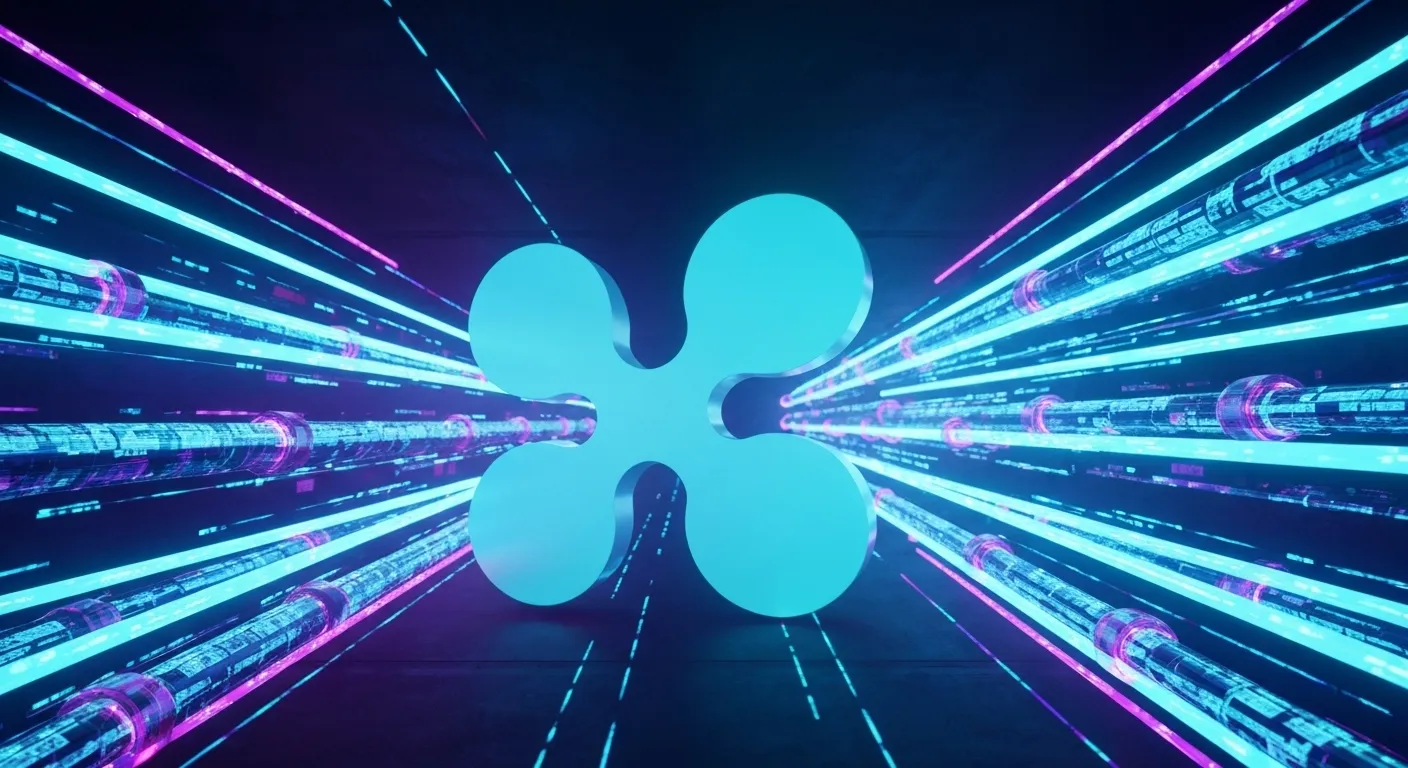The convergence of the XRP token and the tokenization of Real-World Assets (RWAs) represents a critical turning point in the evolution of finance. Asset tokenization is the process of converting ownership rights of tangible and intangible assets (such as real estate, stocks, commodities, and artwork) into digital tokens on a blockchain. The XRP Ledger (XRPL), due to its exceptional speed in processing transactions (1500 TPS) and negligible fees, has emerged as an ideal infrastructure for this tokenization revolution. This capability elevates XRP beyond its traditional role as a bridge asset for cross-border payments, positioning it as a pivotal tool for the next generation of asset management and Decentralized Finance (DeFi). This comprehensive analysis will deeply examine XRPL’s potential to capture the multi-trillion-dollar asset tokenization market and the implications for the value of the XRP token.
Asset Tokenization and the XRPL Advantage
Asset tokenization fundamentally transforms traditional markets. Historically illiquid assets gain global, 24/7 liquidity through conversion into divisible and tradable digital tokens. XRPL’s primary advantage in this process lies not just in speed but in its design for financial use cases:
* Speed and Instant Finality: XRPL’s ability to finalize transactions in 3 to 5 seconds and process 1500 TPS is vital for modern financial markets that demand near-instant settlement. This reduces trading risks and increases operational efficiency.
* Negligible Fees: Transaction fees on the XRPL are exceptionally low (typically less than $0.0001). This low cost makes tokenization feasible for fractionalized assets that require frequent, small transactions.
* Architecture for Financial Assets: The XRPL natively supports functions such as token issuance, a decentralized exchange (DEX), and securities management. The platform is well-suited by design to host Real-World Asset (RWA) tokens.
The Impact of Tokenization on XRP Demand and Value
The adoption of asset tokenization directly enhances the demand and intrinsic value of the XRP token. Every transaction associated with an asset token (such as purchasing a fraction of a property or receiving dividend payments) on the XRPL requires XRP for network fees. As tokenization scales, the systemic demand for XRP will grow exponentially.
* Utility Expansion: Tokenization expands XRP’s utility beyond mere cross-border payments (ODL) to an 'infrastructural tool' for asset management. This transforms XRP into a multi-utility asset.
* Attracting Institutional Liquidity: As trillions of dollars of traditional assets move onto the blockchain via tokenization, massive liquidity will flow into the XRPL. This will increase institutional demand for holding XRP as a bridge and gas asset.
* DeFi Potential: RWA tokens can be used as collateral in native XRPL DeFi protocols. This reinforces XRP's potential as a liquidity anchor for decentralized finance, even at a banking scale.
Methods for Monitoring Tokenization Data
For investors, monitoring tokenization progress on the XRPL is crucial for identifying market inflection points:
* XRPL On-Chain Data: Utilize tools like XRPLedger or Bithomp to track the transaction volume associated with asset tokens (e.g., real estate or tokenized stock). A surge in the trading volume of these tokens signals the adoption of the XRP infrastructure.
* Smart Contract Activity: Monitor the number and complexity of new smart contracts deployed on the XRPL designed to manage asset tokens (e.g., dividend distribution or voting mechanisms).
* Ripple Reports and Partnerships: Track official Ripple reports on new tokenization projects and partnerships with major asset management firms or tokenization platforms. Any announcement of collaboration with large financial institutions is a strong bullish signal for XRP.
Practical Examples and Future Outlook
Ripple’s initial efforts in tokenization have clearly demonstrated its potential. In 2021, Ripple launched pilot projects with real estate firms, allowing small investors to invest fractionally in high-value commercial properties. This proved that tokenization is a practical concept that can lower investor entry barriers.
* Expansion of Commodities and Securities: The future of tokenization includes a wider range of assets, including tokenized commodities (like gold and silver) and equity and debt securities. The XRPL infrastructure is well-suited to host these assets.
* Regulatory Risks: The biggest risk to tokenization is the regulatory classification of these asset tokens. If regulators classify these tokens as securities, the XRP Ledger will require stricter compliance frameworks. The uncertainty surrounding Ripple's legal case with the SEC remains a major ambiguity for full institutional adoption.
Investment Strategy in the Tokenization Era
For investors and traders, understanding XRP's role in asset tokenization opens new strategies:
* Long-Term Investment: XRP holders should maintain their tokens, based on the view that tokenization will dramatically increase the systemic, long-term demand for XRP as the fuel of the XRPL. This protects the token price against purely speculative volatility.
* News-Driven Trading: Traders can look for short-term buy signals when new tokenization projects or favorable legal developments for Ripple are announced.
* Technical Alignment: Monitoring technical indicators like RSI and MACD, which reflect market momentum, is essential for timing entries and exits.
* Risk Management: Portfolio diversification and considering regulatory risks are vital due to the sensitive nature of asset tokens.
In conclusion, XRP and asset tokenization are initiating a financial revolution. If Ripple can navigate the regulatory challenges, the XRPL will become a 24/7 global marketplace for multi-trillion-dollar assets, and XRP will transition into a primary infrastructure asset in the future of finance.

